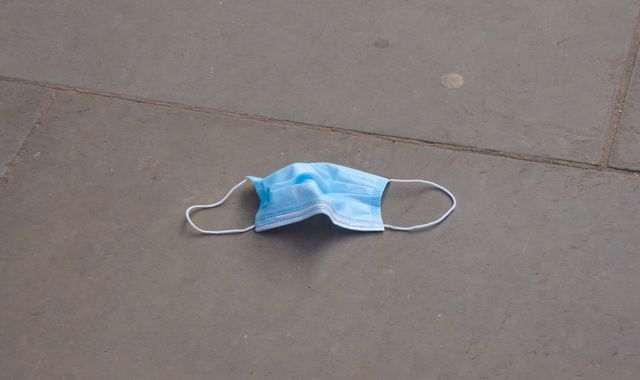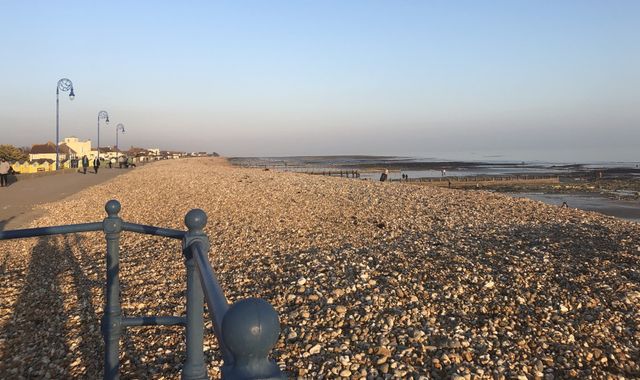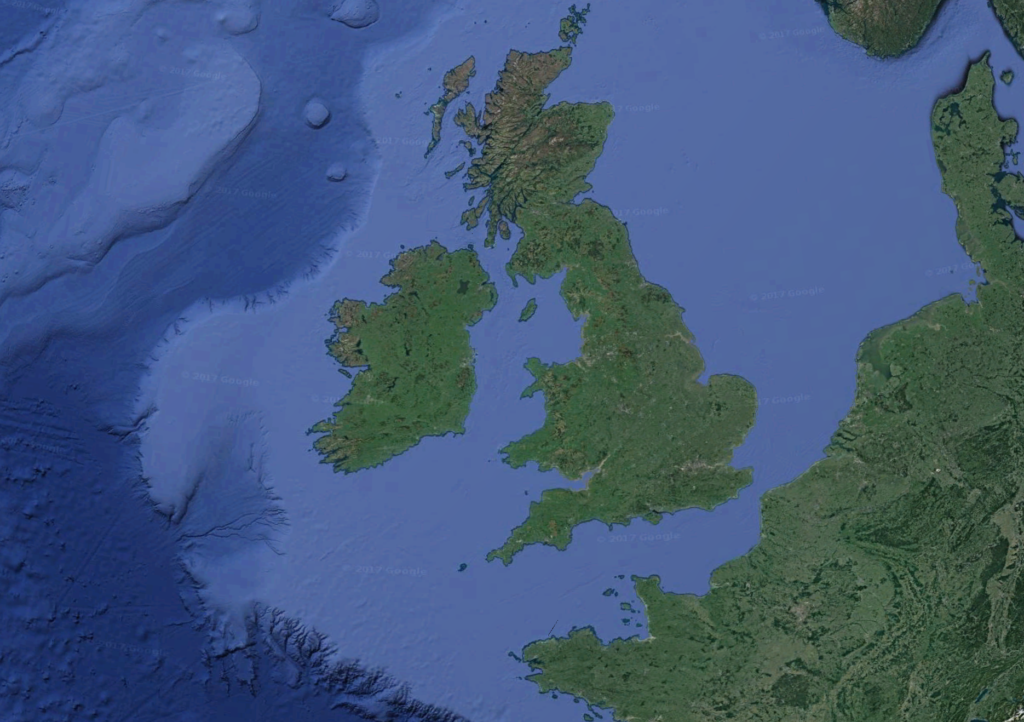Coronavirus: UK’s ‘hospital deserts’ that could be overwhelmed by cases
Written by News on 23/03/2020
London has been the epicentre of the UK’s coronavirus outbreak in the early weeks of the pandemic, but so-called “hospital deserts” mean rural areas could soon find themselves the most overwhelmed by the disease.


Thousands of people ignored government advice to stay at home to stop the spread of COVID-19 over the weekend, instead choosing to retreat to countryside getaways including popular tourist destinations in Wales.
Such regions have been identified by Oxford University’s Leverhulme Centre for Demographic Science as potential “hospital deserts”, where demand for beds for coronavirus patients is likely to outstrip supply as the illness spreads.
Sky News spoke to study co-author Mark Verhagen, who warned people living in cities like London that moving to holiday destinations to escape an impending lockdown was “probably one of the worst things you could do regarding the potential spread of the disease across the country”.
What is a ‘hospital desert’?
These are areas in the UK where hospitals could easily become overwhelmed as demand for beds outstrips supply.
There are only 2.5 hospital beds per 1,000 people across the country, which is less than the US (2.8), Italy (3.2), Germany (8) and South Korea (12.3) – but there are significant regional variations.
The charts below show that while Wales has the most beds per 1,000 people for general hospitalisation, it falls to the bottom of the list when it comes to those available for intensive care.
Capacity in Wales is at its highest in Cardiff and along the coast, which has the highest population density, but the middle rural region has an ageing population that is relatively far away from hospital and critical care.
Potential “hospital deserts” highlighted by the university report include Powys in Wales, while Suffolk, Rutland, Northumberland and the Isle of Wight are among those in England.
Scotland and Northern Ireland are not covered by the report.
Why are rural areas more likely to be overwhelmed?
Mr Verhagen said the risk of hospitals coming under pressure was based on the demographic structure of the UK.
“Demographics change spatially, different areas have older and younger populations, so we will see big differences in expected numbers of hospitalisations as coronavirus spreads,” he told Sky News.
“These differences in demographics lead to different demands on hospital supplies.”
Pandemic modelling suggests hospitalisation rates will be 3.5% for people under 40 and 27.3% for people over 80, although there will be a bed shortage in most areas if just 2.5% of the UK population was infected.
Assuming all beds were to be used for COVID-19 patients, the report suggests that London only has enough to support 4.7% of its population – while Cornwall could only support 1.5%.
“Rural areas generally have older populations than urban areas and they also tend to be relatively far removed from hospital locations, so there is a logistical challenge to getting people to the beds,” said Mr Verhagen.
“Cornwall has a relatively high amount of expected hospitalisations and is relatively far from most hospital centres.
“The closest centre with high capacity would be Bristol, and if Bristol reached capacity then the next one afterwards would be miles away – probably London.”
The expected number of hospitalisations per 1,000 people are greatest outside Greater London, with research suggesting that parts of Wales will have a rate of 10 compared to 6.2 for the capital.
How can hospitals cope if they reach capacity?
In urban areas, patients could more easily be shifted between different hospitals to relieve pressure as demographics often vary enormously within those settings.
The report suggests London could experience fewer hospital admissions in a borough like Newham compared to somewhere like Harrow, which has an older population.
Northwick Park Hospital in Harrow declared a critical incident last week but was able to contact neighbouring health facilities for help dealing with patients, which would be more difficult for hospitals in rural areas to do.
Mr Verhagen said: “We really think of this as a logistical challenge – you cannot do anything about somewhere like Powys being a high risk area because of the demographic that it has.
“The emphasis should be on expanding agreements that are already in place between hospitals. Powys, for example, has very specific agreements with councils so they can send intensive care patients to Cardiff, Swansea.
“The healthcare system in Britain is usually quite flexible – exchanging patients, redeploying supplies – and these agreements will have to be front and centre in the fight.”
What can the government do?
Boris Johnson has urged Britons to adhere to social distancing guidelines, but his pleas have fallen on deaf ears.
The government is expected to enforce a lockdown if people continue to ignore the advice.
Mr Verhagen said a lockdown would be “extreme but necessary” to help give every region in the UK “as much time as possible to prepare”, with hospital treatment unlikely to be required until at least a week after infection.
But in the meantime, those fleeing to the countryside will only help the disease spread further.
“The key message is to stay home and not assist the spread of the disease, and people moving to holiday houses is probably one of the worst things you could do regarding the potential spread of the disease,” said Mr Verhagen.
“There have been suggestions that this type of moving around in Italy, when people tried to move away from the lockdown in the north, might have helped the spread there.”
While the coming weeks of the UK’s coronavirus outbreak is set to remain focused on London, the report warns that there will likely be a disproportionate impact on rural areas in the months ahead.
(c) Sky News 2020: Coronavirus: UK’s ‘hospital deserts’ that could be overwhelmed by cases






